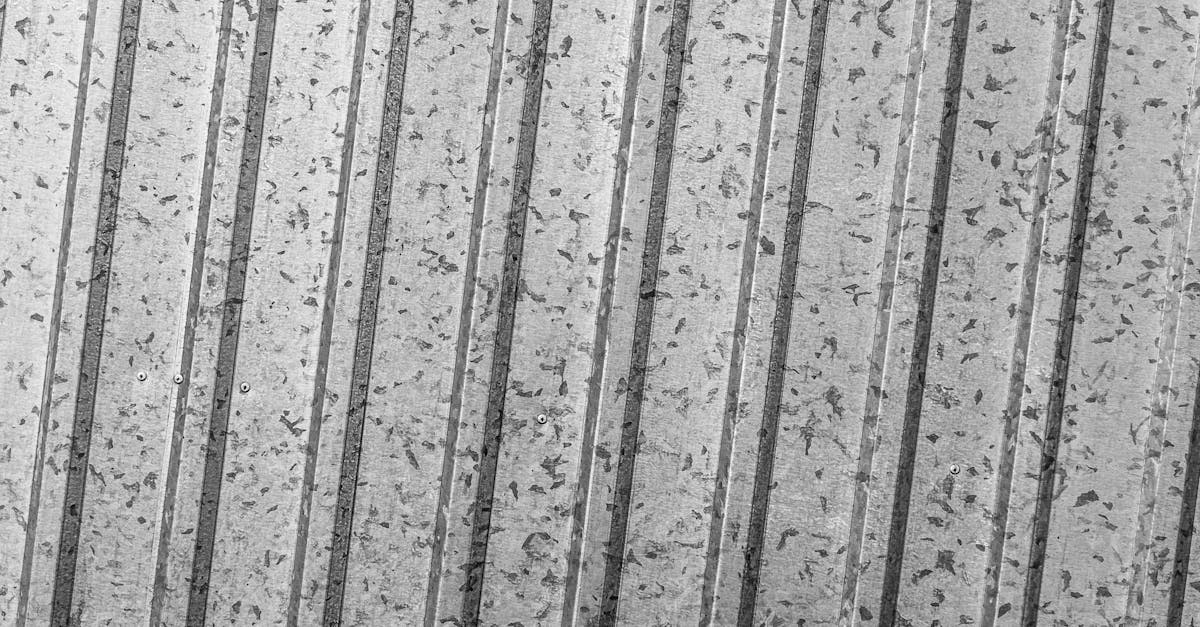Tile To Aluminum Roof Substitution Sydney

Table Of Contents
Tile To Aluminum Roof Substitution Sydney
When it comes to upgrading your roofing system, many homeowners and contractors are looking for innovative and durable options that stand the test of time. In Sydney, one emerging trend is the use of tile and ceramic materials as alternatives to traditional metal and aluminum roofing products. For those exploring this option, it's essential to consult comprehensive resources such as Home Roofing Guides Sydney, which provide insights into the benefits and challenges associated with tile and ceramic roofs.
The decision to replace or substitute roofing materials is not one to be taken lightly, as it affects not only the aesthetics of a home but also its longevity and energy efficiency. Homeowners in NSW can find valuable information and comparisons in home roofing guides sydney, helping them make well-informed choices tailored to their specific needs and local climate considerations. Whether you're looking for a sleek modern look or the classic charm of tile, this guide will equip you with the necessary knowledge to proceed with confidence.
Benefits of Changing from Tile Roofing to Aluminum
Changing from slate roofs for aluminum provides several advantages for homeowners. A primary pro is longevity. Steel roofing are known for their ability to withstand harsh weather conditions, such as heavy rain, snow, and strong winds. This durability results into a longer lifespan compared to traditional slate options. Additionally, aluminum roofs are more lightweight, making installation easier and more cost-effective for homeowners.
Another advantage of switching to aluminum roofing is the efficiency of energy use. Steel roofs reflect sunlight, which can help reduce cooling costs during hot summers. Such reflective properties do not only contribute to lower energy bills, but they also encourage a more comfortable indoor environment. Additionally, many aluminum roofing options are designed to be environmentally friendly, resulting in a greener choice for homeowners looking to improve their home's efficiency.
Why Transitioning from Aluminum Roofing for Sydney
Transitioning from aluminum roofs represents a significant decision for residents in the Sydney Area. The form of roofing offers enhanced longevity to withstand severe weather conditions, which is crucial in the local climate. Moreover, aluminum roofs require less maintenance, saving homeowners time and money during the years.
An additional benefit of upgrading from aluminum roofing is their energy-saving capabilities. Aluminum roofs reflect heat effectively, which can aid in reducing air conditioning costs during the hot summer months in the Sydney Area. In addition, steel roofs are environmentally friendly, often made from recycled materials and being fully recyclable at the end of their lifespan. Such blend of benefits makes this decision to upgrade to aluminum roofing a prudent investment for residents in Sydney.
Typical Problems When Upgrading Ceramic Roofs to Metal
Upgrading ceramic roofing to metal can pose several problems for homeowners. An initial problem involves a weight difference between ceramic and metal materials. Ceramic roofs are generally heavier, which may require reinforcements to the existing roof structure to ensure it can support the new material. Moreover, a conversion from a roofing type to another often requires compliance with local building codes, which can add complications to the project.
A further common challenge involves a possible for leaks or gaps during the installation process. Steel roofs require precise fitting and sealing to prevent water infiltration, which can lead to problems down the line. Inadequate installation techniques may not only compromise the roof's integrity but also lead to higher maintenance costs. Alongside this, a change in roofing style may also affect the home’s overall aesthetic, prompting residents to reassess their choices carefully before proceeding.
Ways to Address Problems of Roof Upgrade
Transitioning to a metal roofing after a tiled roof can present various problems. One concern is a strength of the existing framework. Before commencing the installation, it is essential to evaluate the condition of the underlying structure. Recognizing weaknesses in the frame can lead to difficulties during the replacement process. Performing necessary reinforcements can ensure a smooth transition to the new roofing material.
A significant issue that may arise is in regard to the adaptation of the roof's aesthetic. Metal roofing systems can differ greatly in style compared to tiled roofs. Property owners should consider how the new roof will integrate with the overall architecture of their home. Proper planning and consultation with roofing professionals can help in selecting a style that complements the existing structure. Such steps can considerably enhance both the performance and appearance of the home.
Exploring Fitting Procedure for Ceramic to Metal Roof Replacement
Switching a slate roofing for aluminum can be one important upgrade endeavor. This installation procedure includes thorough planning and the right materials. Initially, the old roofing must be safely removed, which ensures the strong base for a new aluminum roofing.
Afterward, the installation of replacement aluminum roofing may begin. Such procedure consists of laying each aluminum panels in the prepared structure. Accurate sealing and fastening are vital to guarantee rain resistance and longevity. In conclusion, the final inspection takes place imperative to verify everything remain implemented accurately.
Detailed Overview of Roof Replacement Process
Replacing your tiled roof to a metal roof might look challenging at first. Yet, by following a detailed explanation, this process turns easier. To start, it is critical to assess the existing tile roof for any issues or defects. Next, carefully remove the tiles while confirming the underlying structure remains unharmed.
Once the tiles are removed, fitting the metal roofing requires proper preparation of the decking. The step involves adding a moisture barrier to safeguard the roof from water damage. Then, the metal panels can be secured to the roof structure with the appropriate fasteners. To wrap up, it is crucial to ensure all seams are sealed properly to prevent leaks. Completing the project involves a thorough inspection to ensure everything is installed correctly.